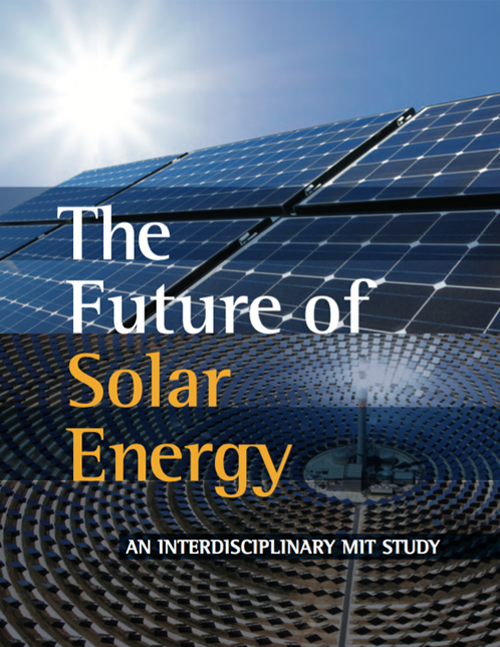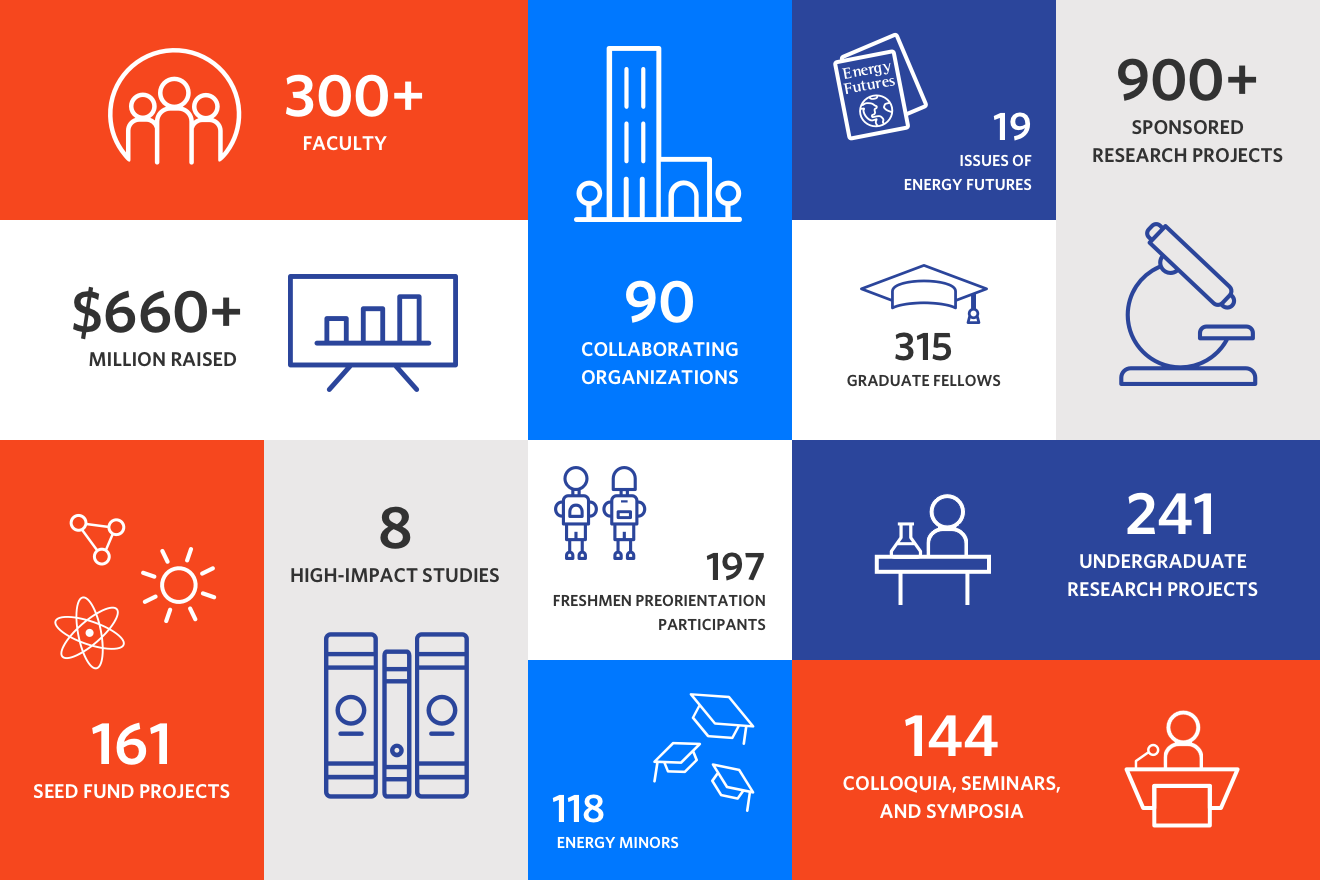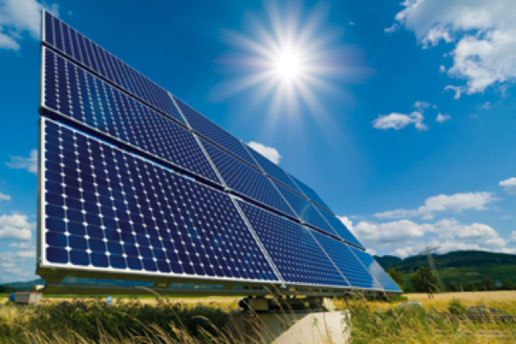The Future of Solar Energy considers only the two widely recognized classes of technologies for converting solar energy into electricity — photovoltaics (PV) and concentrated solar power (CSP), sometimes called solar thermal) — in their current and plausible future forms. Because energy supply facilities typically last several decades, technologies in these classes will dominate solar-powered generation between now and 2050, and we do not attempt to look beyond that date. In contrast to some earlier Future of studies, we also present no forecasts — for two reasons. First, expanding the solar industry dramatically from its relatively tiny current scale may produce changes we do not pretend to be able to foresee today. Second, we recognize that future solar deployment will depend heavily on uncertain future market conditions and public policies — including but not limited to policies aimed at mitigating global climate change.
As in other studies in this series, our primary aim is to inform decision-makers in the developed world, particularly the United States. We concentrate on the use of grid-connected solar-powered generators to replace conventional sources of electricity. For the more than one billion people in the developing world who lack access to a reliable electric grid, the cost of small-scale PV generation is often outweighed by the very high value of access to electricity for lighting and charging mobile telephone and radio batteries. In addition, in some developing nations it may be economic to use solar generation to reduce reliance on imported oil, particularly if that oil must be moved by truck to remote generator sites. A companion working paper discusses both these valuable roles for solar energy in the developing world.



